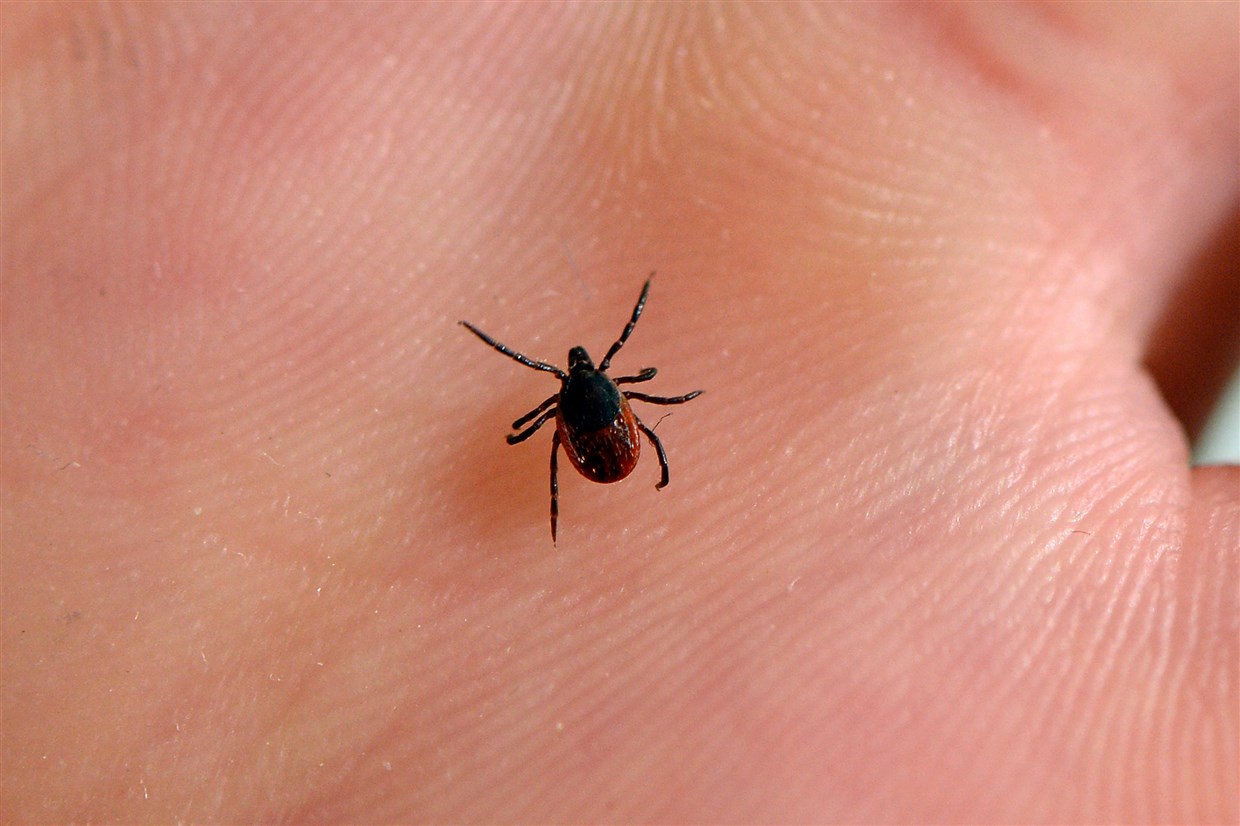
The number of people who get Lyme disease compared to how little research on it is ever funded is staggering. Scientific bias is hurting people.
For patients, there is often nothing more soul-crushing than being inexplicably sick with doctor after doctor having no answers, or getting the wrong diagnosis and being led down the wrong path with the wrong drugs. But for patients with Lyme disease, either or both is common, because its every aspect has been so bitterly contested by scientists that the conversation has been sourly referred to as “The Lyme Wars” in medical journals.
And yet this should not be a solely academic debate: The Centers for Disease Control and Prevention estimated in 2013 that roughly 329,000 new cases of Lyme occurred every year when around 30,000 were reported. In 2017, 42,743 new cases were reported to the CDC, leading scientists to calculate that the true yearly incidence of new Lyme infections is now over 400,000 (and approximately 427,000 in 2017). Either makes the number of people infected with Lyme each year larger than the number of people diagnosed with breast cancer, HIV and hepatitis C combined. And that’s just in the United States.
But this is not just an American story: Lyme disease is well established in Canada and on the British Isles, it’s endemic in many parts of Europe, it’s been reported in China and it’s even been seen in Japan and South Korea. We’re in the midst of a pandemic.
Every facet of this infection has been mired in scientific controversy at the research level, often leaving clinicians and their patients at a loss.
Though it can sometimes be associated with a “bull’s-eye” rash, known as erythema migrans, most Lyme patients never get any rash at all: The original published studies on Lyme documented a history of a rash in only 25 percent of cases. And even in people who manifest the rash — despite its reputation for being easily identifiable — misdiagnoses abound because doctors are looking for the stereotypical bull’s-eye appearance when the reality is that about 80 to 90 percent are solid pink rashes with a round to oval shape and never blanch in the center. A study from Johns Hopkins demonstrated that 23 percent of Lyme rashes are not properly diagnosed.
The blood tests used to diagnose Lyme are four decades old and unacceptably inaccurate: A review of eight studies that evaluated the effectiveness of these tests revealed that they miss more cases than they diagnose. The result is that many people go undiagnosed and misdiagnosed, leading to a life that can be devastatingly altered or worse.
Lyme can be extremely serious, able to wreak havoc throughout the body — affecting the nerves and brain, the joints, the heart, the eyes and everywhere in between, resulting in anything from arthritis and mental illness, heart failure and dementia. It’s linked to a staggering list of symptoms and syndromes, and can be likened to its close cousin, syphilis. Lyme can even be deadly.
Treating Lyme can be as daunting as diagnosing it. Treatment failure rates after a three to four week course of antibiotics can be high, even in the early, more effectively treatable stage of the disease. Though many studies report an approximately 20 percent treatment failure rate in early Lyme, a Johns Hopkins University study showed that 39 percent of Lyme patients in the early stages of Lyme had persistent symptoms or functional impacts six months after treatment.
Another study from the Western Connecticut Health Network demonstrated that 61 percent of early-stage Lyme patients continued to have their symptoms six months after they were treated. And in a study of late-stage Lyme patients who went at least six months before treatment, upwards of 30 percent didn’t respond at all to a few weeks of antibiotics and, in those who did improve, 100 percent continued to have symptoms — there were no cures.
There is additionally decisive evidence that Lyme bacteria can survive in mammals despite antibiotic treatment. For example, in monkey studies — our most accurate animal model —the recommended antibiotics often do not cure the animals, with Lyme bacteria demonstrated in their tissues after treatment.
… Clearly, we need more and better research into this polarizing — and frequently disabling —modern plague. The question is why this research isn’t being done, given the scale of the problem and the length of time we’ve been aware of the disease. It’s scandalous that, for such a common and serious chronic infection, over the past 20 years there have been only three NIH-funded randomized controlled trials evaluating antibiotic re-treatment of Lyme patients who remain ill after a short course of antibiotics.
With all the high profile training and the fat research funding, that is how helpless these experts are when it comes to dealing with ticks!

